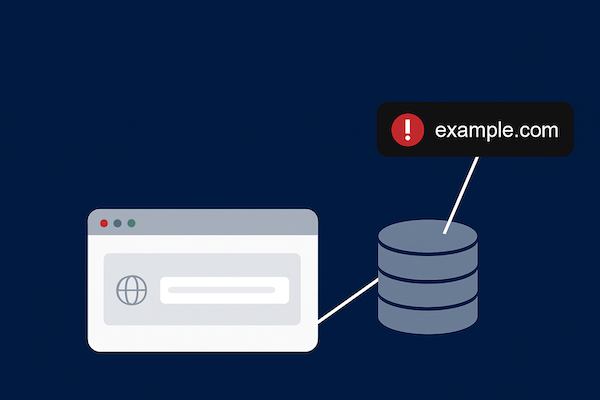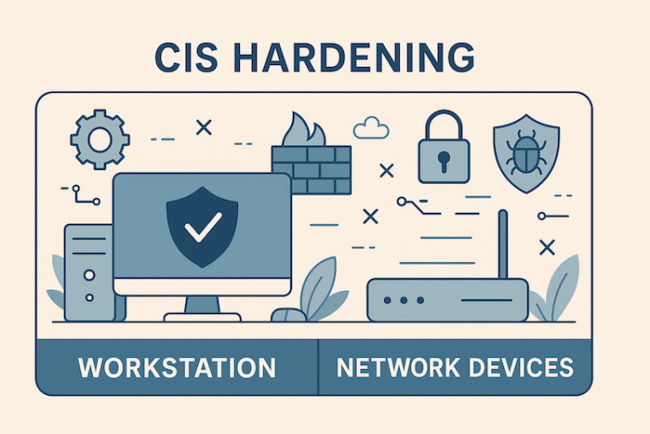How to Choose the Right Cybersecurity Test for Your Business
When it comes to cybersecurity, most business owners fall into two camps: those doing it for compliance (because a big client or regulator told them to) and those doing it for security posture (because they are genuinely worried about being hacked). If you are in the “security posture” camp, the options are overwhelming. Do you…











